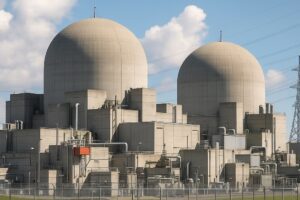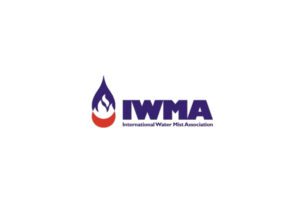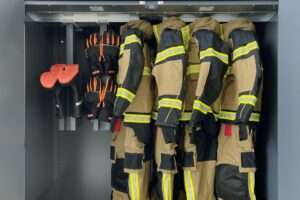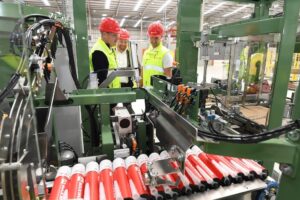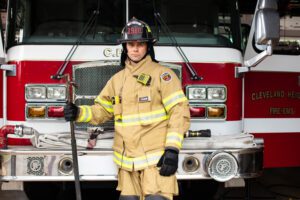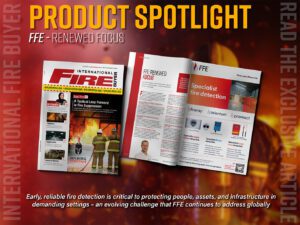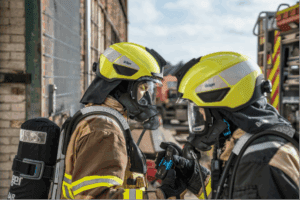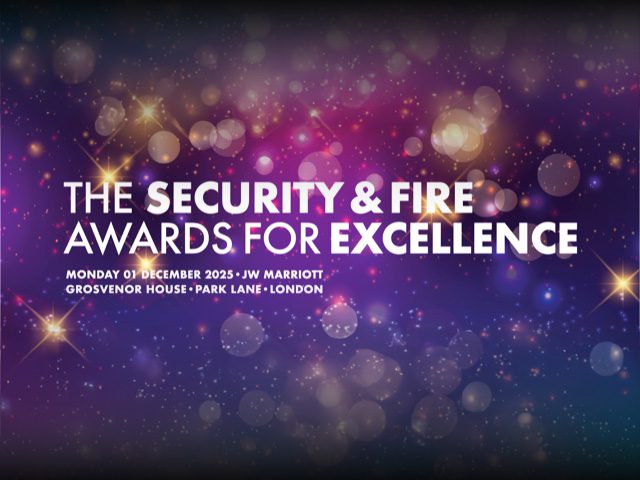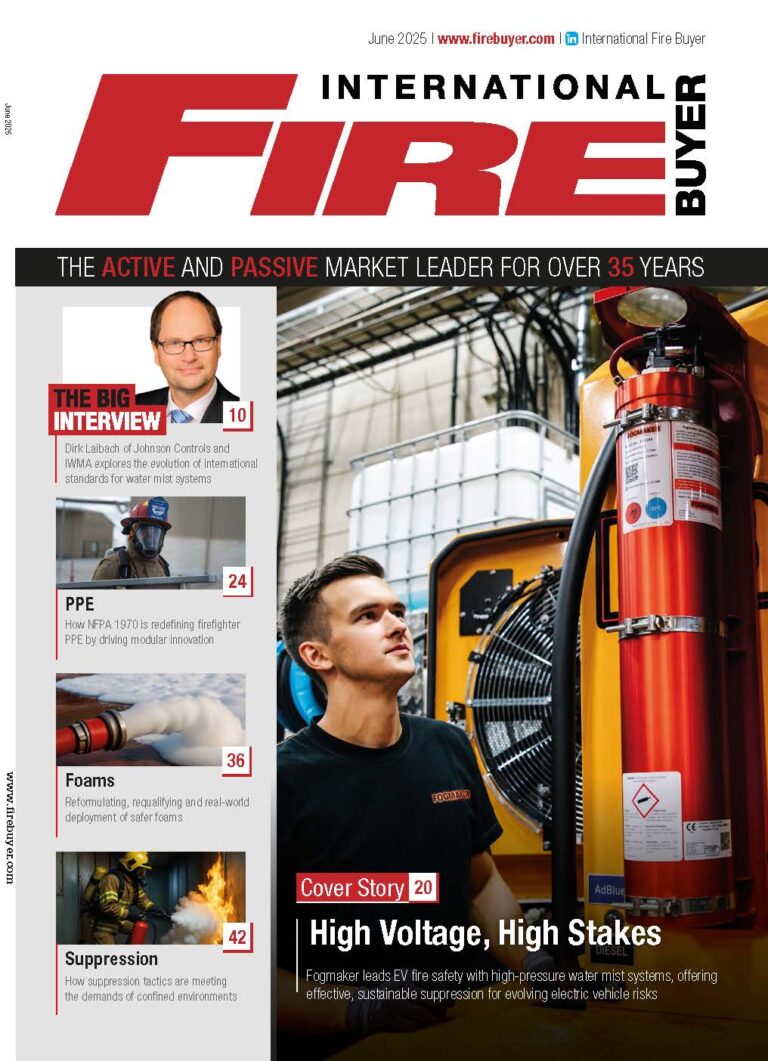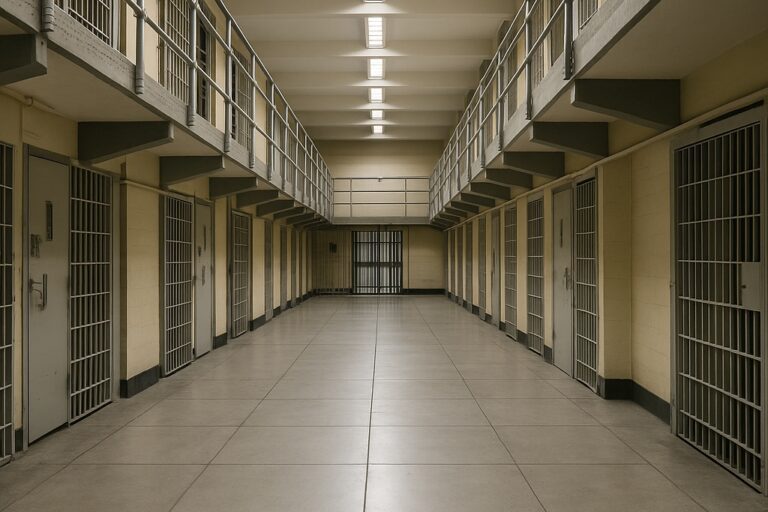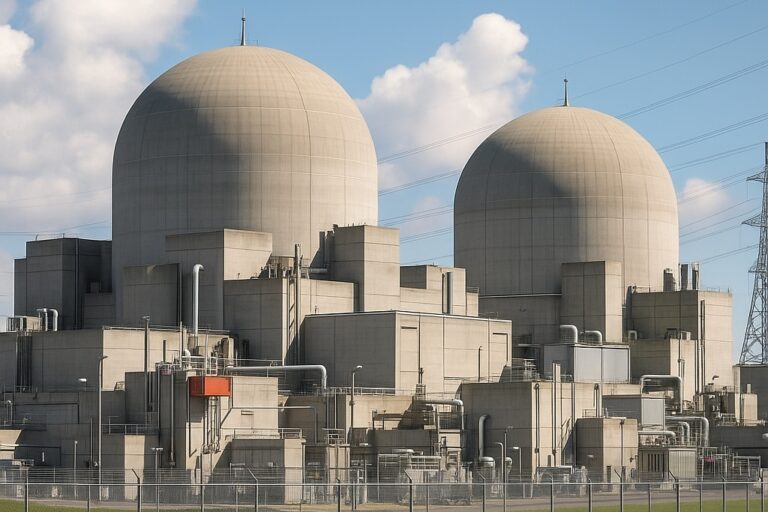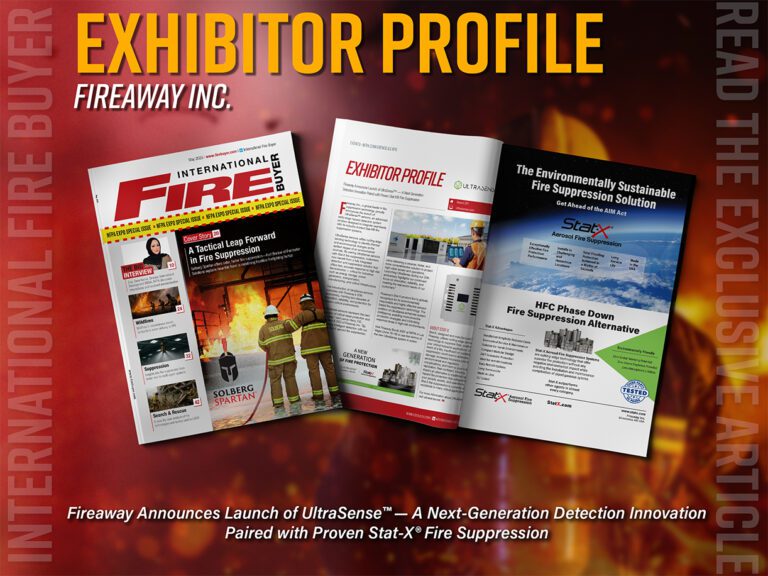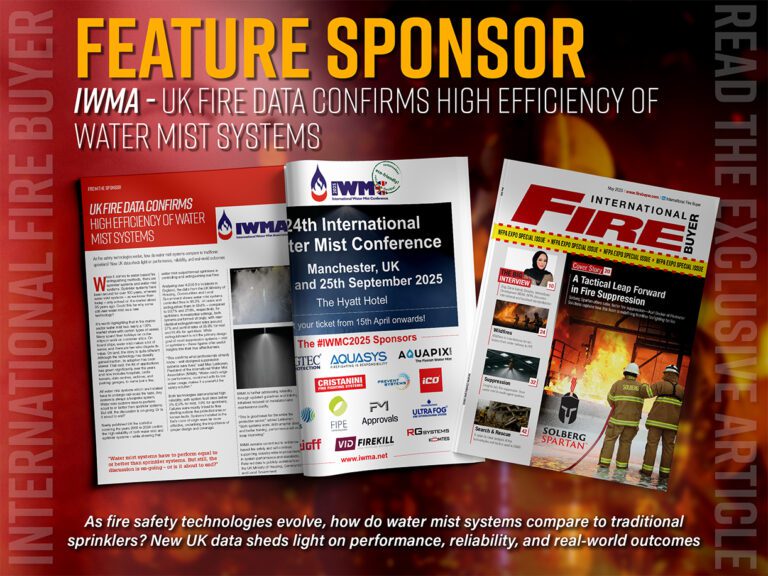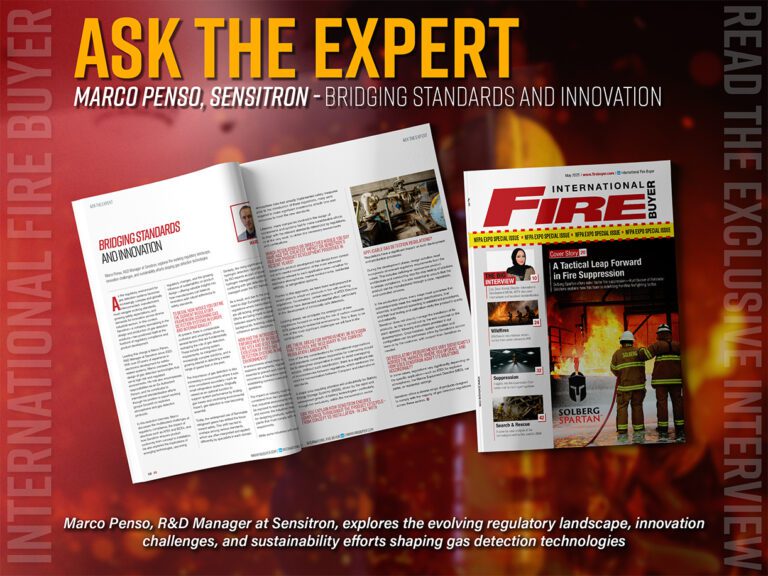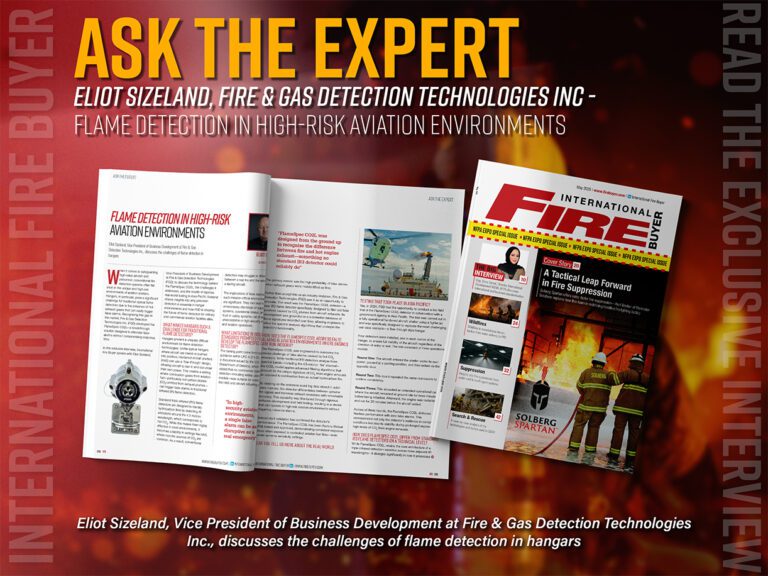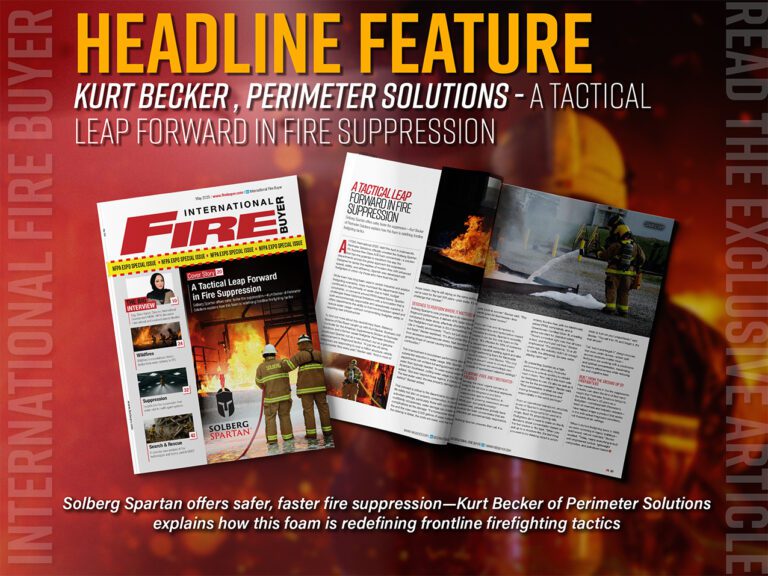Richard Wharram, Export Sales Manager at Hochiki Europe, explains how fire safety professionals can navigate Europe’s complex approval landscape.
Navigating the intricate web of fire safety approvals across Europe presents a significant challenge for manufacturers, installers, and end-users alike. While the Construction Products Regulation (CPR) aims for harmonisation, individual nations often retain their own specific standards and certification requirements.
To demystify this complex landscape and offer practical guidance for those working on projects across the continent, Fire Buyer spoke with Richard Wharram, Export Sales Manager for Hochiki Europe, a leading provider of life safety solutions.
In this ‘Ask the Expert’ interview, Richard sheds light on the key complexities and details how Hochiki, with its extensive range of certified products and educational resources, helps customers achieve compliance and enhance fire safety across multiple European industries.
The landscape of fire safety approvals can seem quite complex. Could you shed some light on the key challenges and complexities involved in obtaining fire safety approvals across different European countries?
Thank you for having me. You’re absolutely right; navigating the European fire safety approval landscape can be a significant hurdle for manufacturers and installers alike. The primary complexity stems from the fact that while the Construction Products Regulation (CPR) aims to harmonise standards, individual European Union (EU) member states, and even some non-EU countries within Europe, often retain their own specific national standards, testing requirements, and certification bodies.
For example, a product might achieve EN 54 certification, which is a crucial European standard for fire detection and fire alarm systems. However, this doesn’t automatically guarantee acceptance in every country. Some nations have additional requirements or specific interpretations of the EN 54 standards. We see variations in areas like:
Language Requirements: Documentation, including installation manuals and product specifications, often needs to be provided in the local language of the country where the product is being installed. This adds a layer of complexity and cost for manufacturers.
Specific Product Performance Requirements: While EN 54 sets a baseline, some countries might have more stringent performance criteria for certain product types or applications. For instance, the requirements for smoke detectors in residential versus commercial buildings can differ, and these differences might be amplified at a national level.
Certification Body Acceptance: Not all certification bodies accredited under EN 54 are universally accepted across all European countries. Some countries may prefer or even mandate certification from specific national bodies.
Installation and Maintenance Standards: Beyond product approval, the standards and regulations governing the installation and maintenance of fire safety systems can also vary significantly between countries. This impacts system integrators and end-users.
Interpretation of Standards: Even when adhering to the same EN 54 standard, the interpretation and application of these standards by local authorities and approval bodies can sometimes differ, leading to unexpected challenges.
How does Hochiki approach this complex web of approvals to ensure your products can be installed and keep people safe across Europe?
At Hochiki, we recognise the importance of making our products accessible to our customers throughout Europe.


